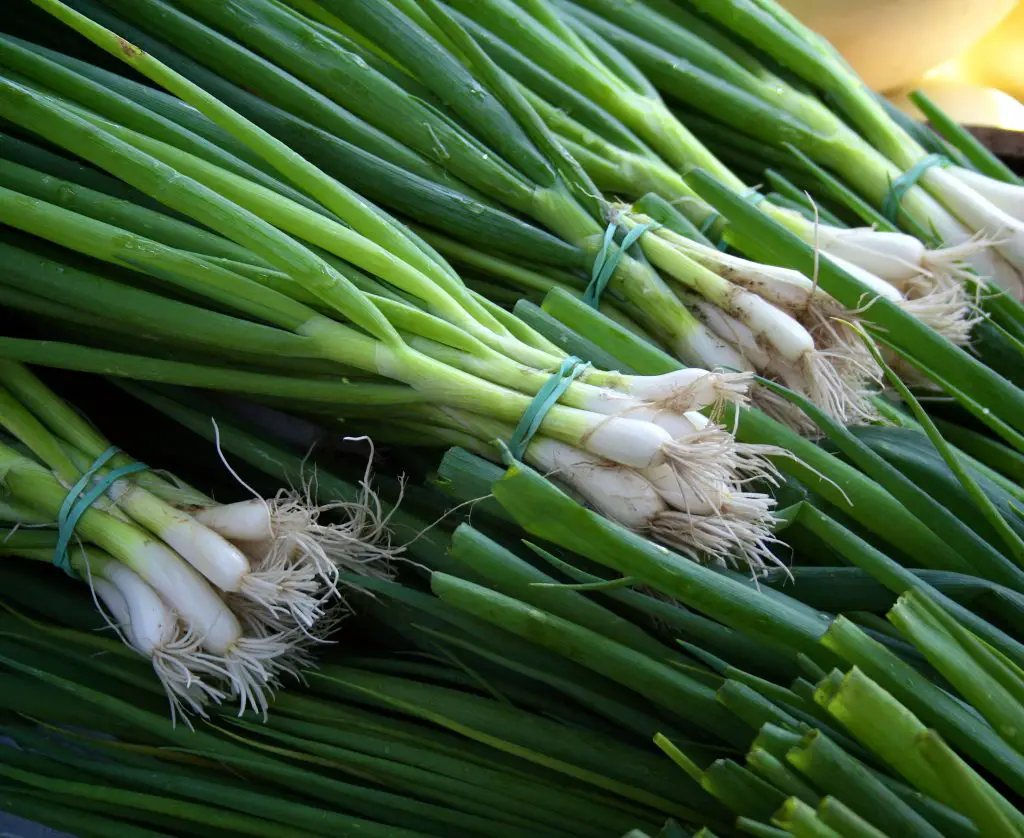Is an Onion A Root Or Stem? Onions are one of the oldest and the most widely cultivated vegetables in the world. They are used in almost every conceivable cuisine. The Onion is believed to have originated in the middle east and central Asia that has been selectively bred for over 7000 years. But what part of the plant are we actually eating?
The bulb of an Onion is actually a modified stem that serves as a plant’s food reserve. The food with the modified stem can be transferred to different parts of the plant when required. The formation of the modified stem or bulb within an Onion is initiated by an increase in the length of daylight hours. The extent of daylight required to initiate bulb formation varies depending on the specific cultivar.
Onions are broadly classified as Short, Intermediate, and Long Day onions based on the length of daylight hours required to initiate bulb formation. This categorization is useful for gardeners as it provides a guide on which geographic regions a particular variety can be grown in.
Short Day Onions require approximately 10 to 12 hours of daylight to create a bulb. These varieties can be grown in any region but are the only type that can be grown in regions 35 degrees latitude north or south of the equator. The Onions within this group have a sweeter taste due to their higher sugar and water content.
Intermediate Onions require 13 to 14 hours per day, to create a bulb. They are most suited to regions that are between 35 to 45 degrees, from the equator.
Long Day varieties require 15 hours or more to initiate bulb formation. These varieties can only be grown at latitudes of greater than 45 Degrees.

What Distinguishes A Root From A Stem?
Given that it is said that the onion bulb is a modified stem rather than a root what exactly are the features that distinguish a root from a modified stem?
A modified stem is a section of the plant that’s sole purpose is to act as a food reserve. The storage of food is generally associated with the swelling of that section of the plant. Another example of a modified stem is a Tuber which can be considered an underground stem rather than a root.
Tubers develop by being feed by connecting root tissue that absorbs nutrients from the ground. Generally, roots have fine root hairs that are designed to increase surface allowing an increased rate of nutrient absorption. In the case of a root crop such as a carrot the section we eat is a taproot.
The taproot is a swelling of a fibrous root system that arises to enable the plant to absorb minerals and nutrients from the soil. The fine root hair extends from the taproot into the soil. This fulfills the definition from the Oxford Dictionary
the part of a plant which attaches it to the ground or to a support, typically underground, conveying water and nourishment to the rest of the plant via numerous branches and fibres.
Definitions from Oxford Languages
The other key defining feature of modified stems is that they have the capacity to reshoot and generate a new plant. Both Onions bulbs and plants containing underground tubers, such as potatoes and garlic can be used as the basis to grow a subsequent generation. Onions, Potatoes, and Garlic will all start to shoot if left in cardboard for too long whereas root tissue will not reshoot.
Related Articles
How many varieties of onions are there?
Onion seeds vs Onion Sets – Which is best?
How Many Onions Grow From One Bulb?
Do Onions Grow Underground? What Is Normal?
